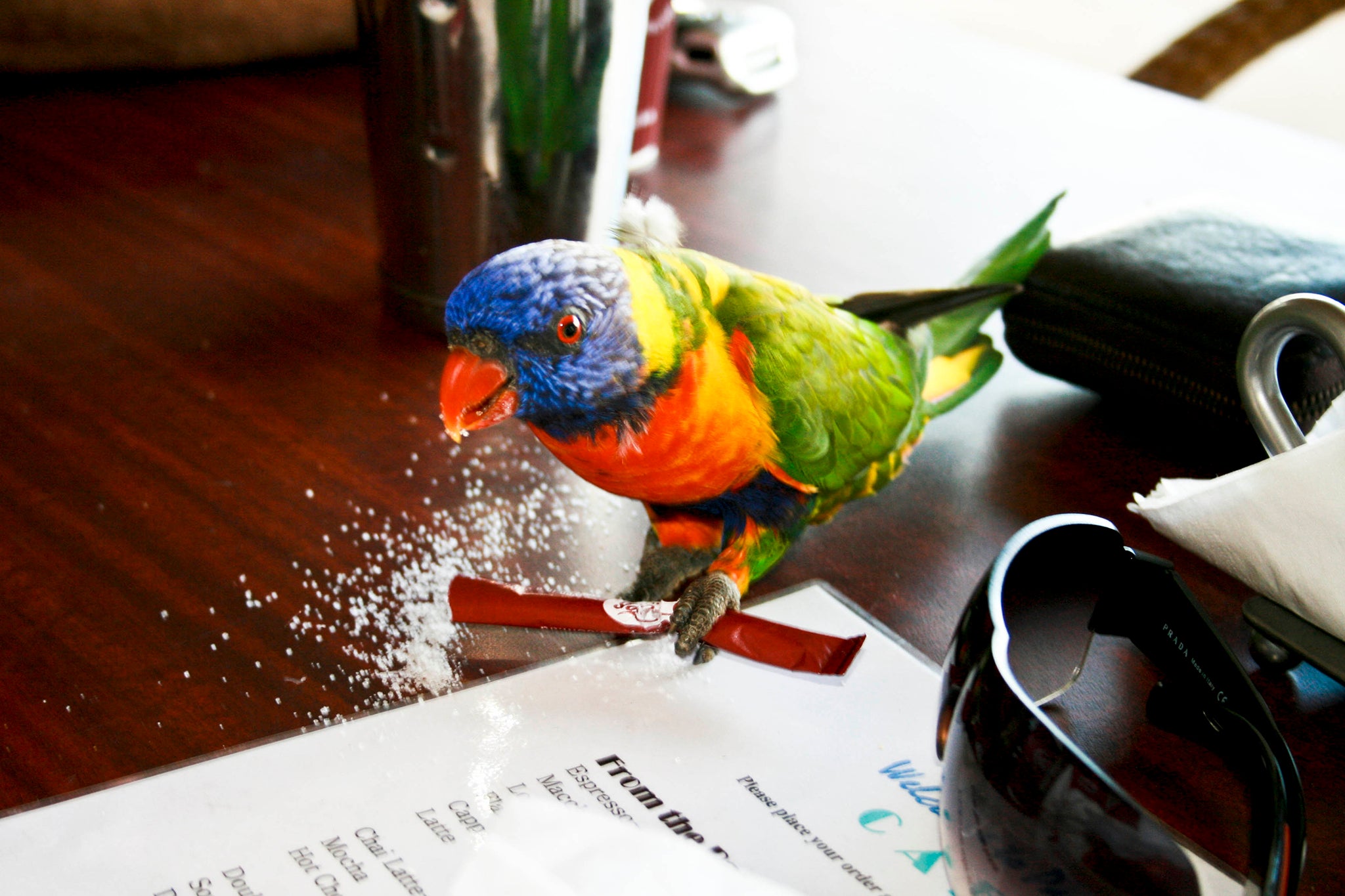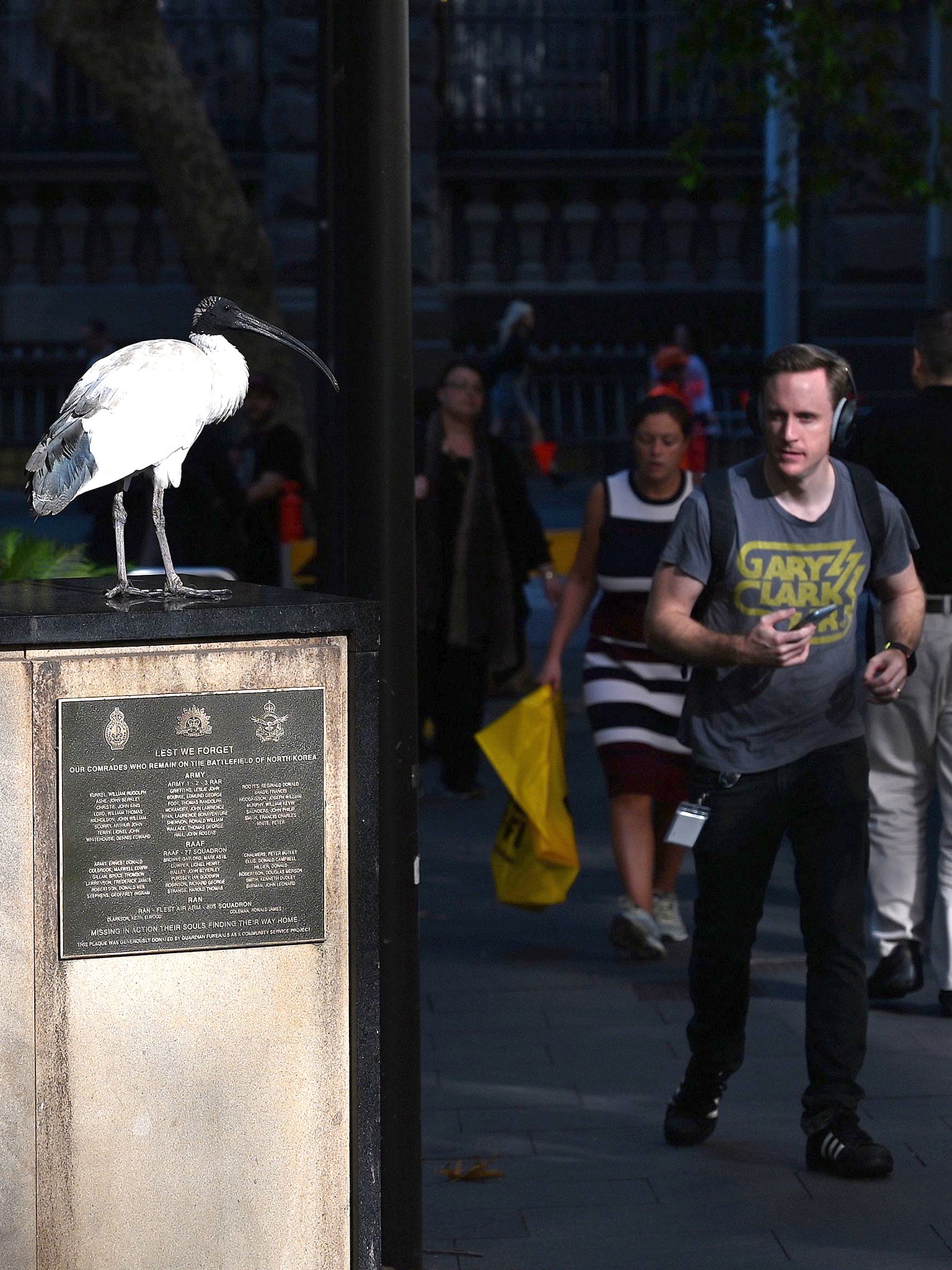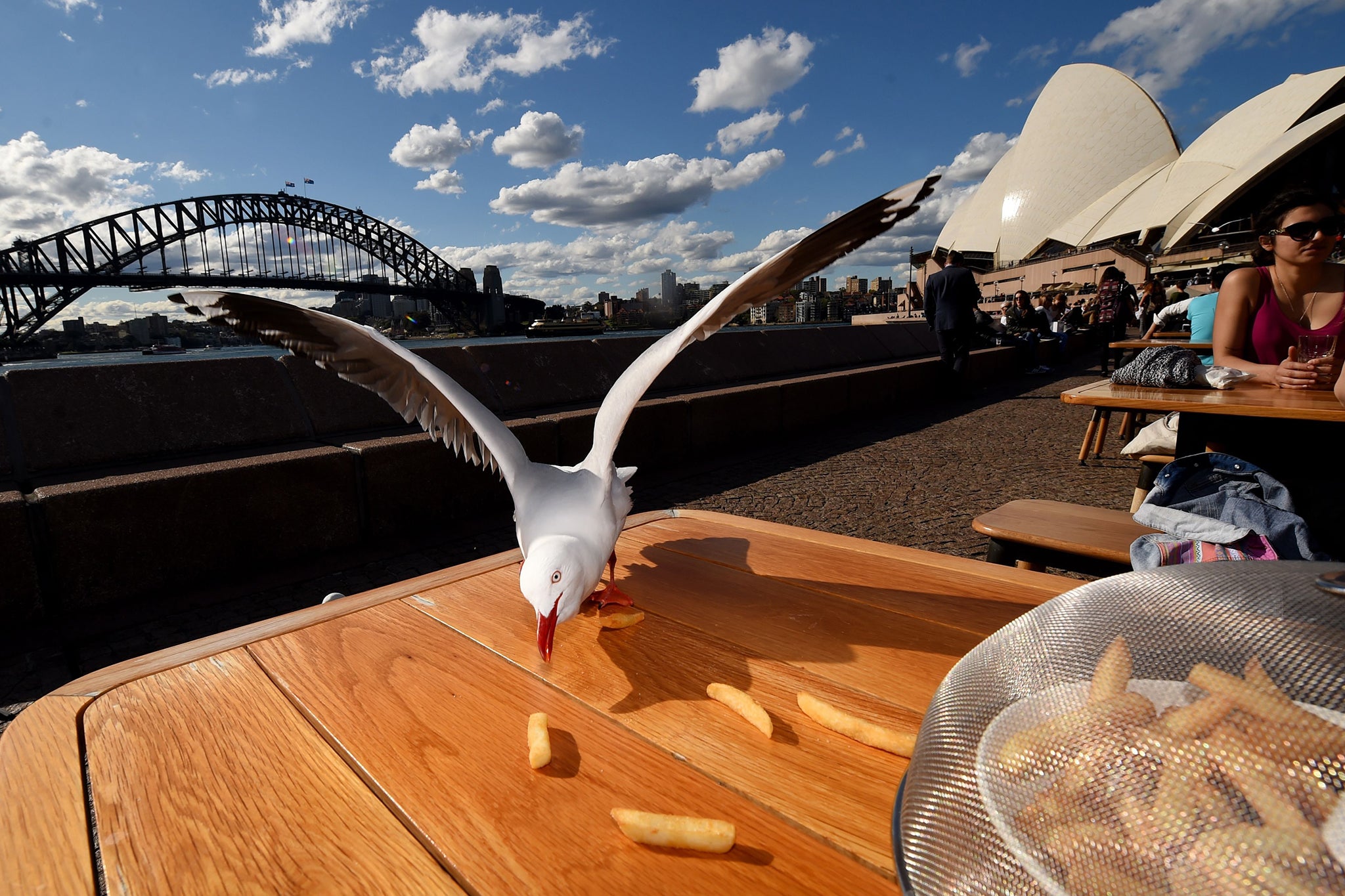In Sydney, the city landscape is for the birds
Generations ago, the capital didn’t have nearly as much avian diversity as it does today, the reason for its popularity has been the subject of international study, writes Damien Cave

The bushy pair of laughing kookaburras that used to show up outside my daughter’s bedroom window disappeared a few months ago. The birds simply vanished – after rudely waking us every morning with their maniacal “koo-koo-kah-KAH-KAH” call, after my kids named them Ferrari and Lamborghini, after we learned that kookaburras mate for life. And here’s the odd thing: I miss them.
This is not normal, at least not for me, but Sydney has a rare superpower: it turns urbanites into bird people, and birds into urbanites. Few other cities of its size (5 million and counting) can even come close to matching Sydney’s still-growing population of bold, adaptable and brightly coloured squawkers.
“We’ve got a lot of large conspicuous native birds that are doing well and that is very unusual globally,” says Richard Major, the principal research scientist in ornithology for the Australian Museum in Sydney. “It’s quite different in other cities around the world.”
The reasons – some natural, others man-made – are fascinating, and we’ll get to them. But lest anyone doubt Major’s assertion, at a time when the bird population of North America is suffering a steep decline, compare a typical day of avian interactions in Sydney with anywhere else. Morning here begins with a chorus.
Relentlessly chirpy, the noisy miner blasts the alarm before dawn alongside the screeching and flapping of rainbow lorikeets, parrots brighter than Magic Markers and that argue like toddlers. And of course, there are the kookaburras, with their cackles carrying across neighbourhoods declaring: “This is MY territory!”
A walk to the car or train may require dodging attacking magpies – in spring, they swoop down on your head to protect their young – and rarely does a week go by without seeing a sulphur-crested cockatoo, or a dozen, spinning on a wire like an escaped circus act. Even the local scavenger is extraordinary. As grubby as any New York pigeon but much grander, the white ibis, known here as a “bin chicken”, is a hefty, prehistoric-looking creature with a curved beak. It’s a remarkable mix.
Even as ornithologists point out that some small birds are struggling in the city, they note that a generation or two ago, Sydney didn’t have nearly as much avian diversity as it does today, nor as many flocks of birds that have mastered what city living requires: competitiveness, an obsession with real estate and the ability to adapt.
Why so many birds are thriving here is increasingly a subject of international study. Scientists believe it is due in part to how Sydney was settled – relatively recently, compared with many global cities, with less intrusion into wildlife habitats. The luck of local terrain has helped. Sydney’s rocky coastline didn’t lend itself to clearing land for agriculture, which slowed development and left lots of native plants untouched. Australia’s early leaders also set up large national parks near Sydney, protecting bushland for animals of all kinds. But making the city a bird capital was probably not on their agenda. The British colonialists in charge hated the sound of Sydney’s birds enough to import songbirds like common starlings to soothe their tender ears.

Today, some early examples of those imports, from the 1860s, are stuffed and tagged in the Australian Museum’s collection room. When I stop by one morning, Leah Tsang, the museum’s ornithology collection manager, sifts through the white metal cabinets containing the taxidermy archives to show me the supposed improvement sent from Europe. The juvenile starlings in the tray looked small, dark and … dull. A few cabinets over, Tsang shows me her own favourite bird – the princess parrot, a lovely Australian specimen of soft pastels, in pink, blue and green.
If the young starling’s feathers evoked the lackluster mood of a Benjamin Disraeli portrait, the princess parrot was Elton John. “I had one as a pet when I was a kid,” says Tsang, who sported some bold plumage herself, a shock of electric blue hair in a ponytail. “Its name was Cheeky.” She tells me she came to birds late in life, at least as a career. She worked in technology for nearly a decade before ditching it for the birds. “You want to do something that fulfils you and makes you happy,” she says, standing near a display of little penguins (yes, balmy Sydney has penguins, too). She pauses, and later tells me she was worried about sounding like a cliché.
But there’s no need to ashamed of bird-loving. Not in Sydney.

That afternoon, I go for a walk in the city’s Centennial Parklands with John Martin, an ornithologist with the University of New South Wales who is working on a project looking at how Sydney’s cockatoos have adapted, learning to open garbage bins and knock on windows to ask people for food.
We stop near a wetland in the park’s centre. In less than an hour, we see 20 species of birds – and old friends, Ann Birrell and Carol Bunton, who are park regulars. They surprise me with their knowledge of not just kinds of birds, but individual ones – two owls that had nested in an oak; a tawny frogmouth they had gotten to know; and the corellas flying overhead, pecking, wrestling and mating in the trees.
“There are ménage à troises,” observes Bunton, a retiree walking with a cane, nodding towards the corellas. “We’re interested in their behaviour.”
Martin walks us over to one of the ponds where ducks and other birds gather. He points out a white ibis with a yellow plastic number tag on its wing. “That’s Lennie,” he says. Lennie has been tagged as part of a study aiming to understand why Sydney seemed to have so many of these so-called bin chickens. The public sees them as a nuisance, but according to Major at the Australian Museum, they only started to appear in Sydney in the 1970s.

Researchers eventually discovered that the white ibis loves carbohydrates, making it a match for a city of fish and chips. But the big birds were also refugees of a sort; they had moved to Sydney because their natural wetland habitat further inland had been dried out by drought and heavy-handed water management. “We’re not sure if it’s climate change or not, but what we do know is that the coast has always been a refuge,” Martin says.
Sydney is not ideal for all. Tiny birds like the superb fairy-wren, with its bright blue markings, seem to be declining because they need brambles and weeds to hide in, and urbanization tends to cut that away.
But for larger and more territorial birds, Sydney is quite comfortably home. At one point in the park, we walk by a group of parrots with bright pink heads. They are galahs, which has become slang for lovable doofus. They don’t make a sound, nor do they mind me getting within inches of them.
Many of Sydney’s birds seem to like their human neighbours. Scientists have determined magpies can form friendships with people. Cockatoos are highly social too.
I wonder if the same is true for kookaburras, and then, as I finish this article, Ferrari and Lamborghini return. They show up just before dark and take their perch near my daughter’s window. They nuzzle. They screech their unique good night and good morning. It’s quite a racket. But we’re hoping they stay.
© New York Times

Join our commenting forum
Join thought-provoking conversations, follow other Independent readers and see their replies
Comments
Bookmark popover
Removed from bookmarks